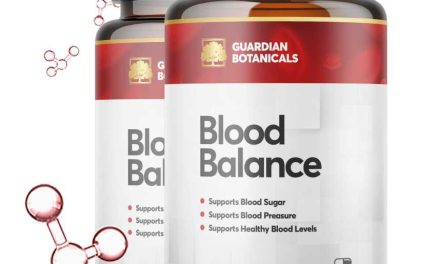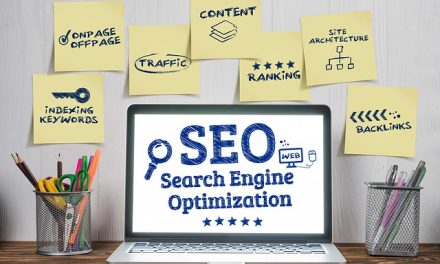With the perpetual rise of technology and the proliferation of AI, we are moving faster than ever. New inventions have accelerated nearly every aspect of our lives, including medicine. In 2023, the Center for Drug Evaluation and Research (CDER) approved 55 new drugs; in 2026, that number was barely over 20. Surgical robots have arrived, and we are another step closer to curing cancer.
However, close to 100 diseases remain incurable, ranging from allergies to pulmonary fibrosis. Now that we have artificial intelligence at our disposal, what is stopping us from developing new pharmaceuticals and treatments for these conditions? The road to discovery is still long, and bringing new drugs to patients often takes years of exhaustive research, trials, and approvals.
Understanding why this process matters and shouldn’t be rushed is paramount.
How We Develop New Drugs and Treatments
Did you know that penicillin was discovered by accident? Despite all our advancements, uncontrollable factors like luck and chance still play a vital role in drug discovery. Finding the right molecular target is more complicated than looking for a needle in a haystack. In too many cases, scientists spend years digging for the wrong needle, unknowingly burying the right one in the process.
Futile or not, the search for a new drug begins in a laboratory, where scientists experiment with different treatments for conditions.
They base their presumptions on existing knowledge about medications and diseases and undergo a series of trials and errors involving cells and animals to test the effectiveness and safety of potential drugs before they move on to the next stage: human trials.
Early Access to Experimental Drugs (CUP)
Promising treatments for life-threatening decisions are eligible for accelerated approval from CDER, but not all drugs are given this chance. However, early access to provenly effective pharmaceuticals can save lives. Patients in dire medical conditions can try new treatments before they get approved by the FDA if they enroll in a clinical trial or join a Compassionate Use Program by EarlyAccess.com.
A compassionate use program (CUP) is a lifeline for patients suffering from life-threatening diseases that can’t be treated in any alternative way.
CUP gives these patients early access to treatments that have been proven safe through a clinical trial but are still waiting to be approved by the regulatory body. The FDA oversees the process, making sure the treatment is correctly administered.
Clinical Trials: Achieving Safety and Efficacy
The fate of new drugs is determined during clinical trials, which could last months to decades, depending on the medicine and the disease.
First, scientists must make sure that the new medical treatment is safe for humans. During the first phase of this multi-phase journey, researchers are trying to determine how the human body absorbs, distributes, and metabolizes the proposed treatment.
In the second and third phases of a clinical trial, scientists measure the drug’s efficiency and monitor side effects. These phases often include randomized controlled trials (RTCs), in which patients are randomly assigned to receive the treatment or placebo. If the new drug passes the RTC test, its effectiveness is no longer assumed but proved, and the clinical data can be submitted for approval.
Regulatory Approval Often Takes a Few Years
In the US, new medical treatments are approved by the Food and Drug Administration (FDA), while the European Medicines Agency (EMA) stands behind new drugs in the EU. After the clinical trial comes to a successful conclusion, the pharmaceutical company submits a New Drug Application (NDA) and Biologic Licence Application (BLA) to a designated regulatory agency in the country/region.
The responsible FDA body for new drug approvals is the Center for Drug Evaluation and Research (CDER), composed of pharmacologists, chemists, physicians, statisticians, and other scientists. Their job goes beyond peer review.
In addition to evaluating submitted data and making sure its benefits outweigh its known risks, they also prepare guidelines to help doctors prevent medical errors.
Mass Production, Distribution, and The FDAle
The FDA takes roughly a year to approve a submitted new drug application through the standard review process. Under certain circumstances, the regulatory body prioritizes a new drug and expedites the review process, in which case the new treatment could hit the market in 6–8 months. The FDA’s stamp of approval green-lights the mass production, distribution, and sale.
The approved drug is considered “new” several years after it becomes publicly available. Moreover, it is continuously monitored for long-term efficiency and safety. Depending on the nature of the treatment, the FDA sometimes requires new data to be submitted to renew its approval. The regulatory body also keeps the prerogative to revoke its decision in the light of new information.
Conclusion
On average, 8 to 12 years pass from the start of clinical trials until the new drug reaches the hands of those who need it. While new technology and AI might be able to accelerate some parts of this process, real-life testing and peer review are still crucial for drug safety. If you or your loved one can’t wait that long for FDA approval, early access is available through a clinical trial and CUPs.







Recent Comments